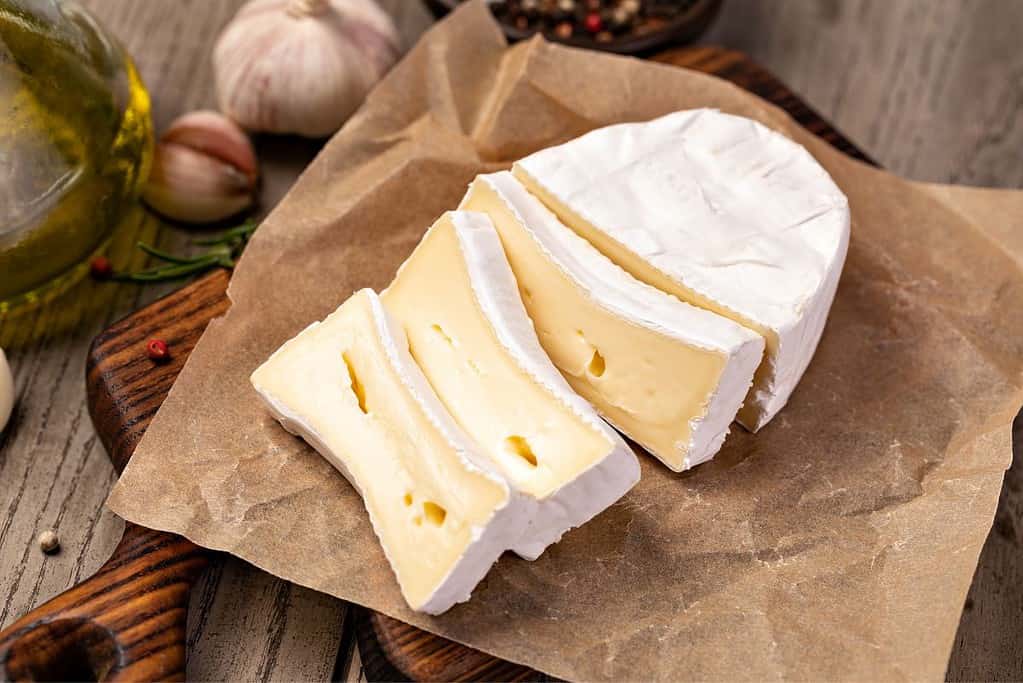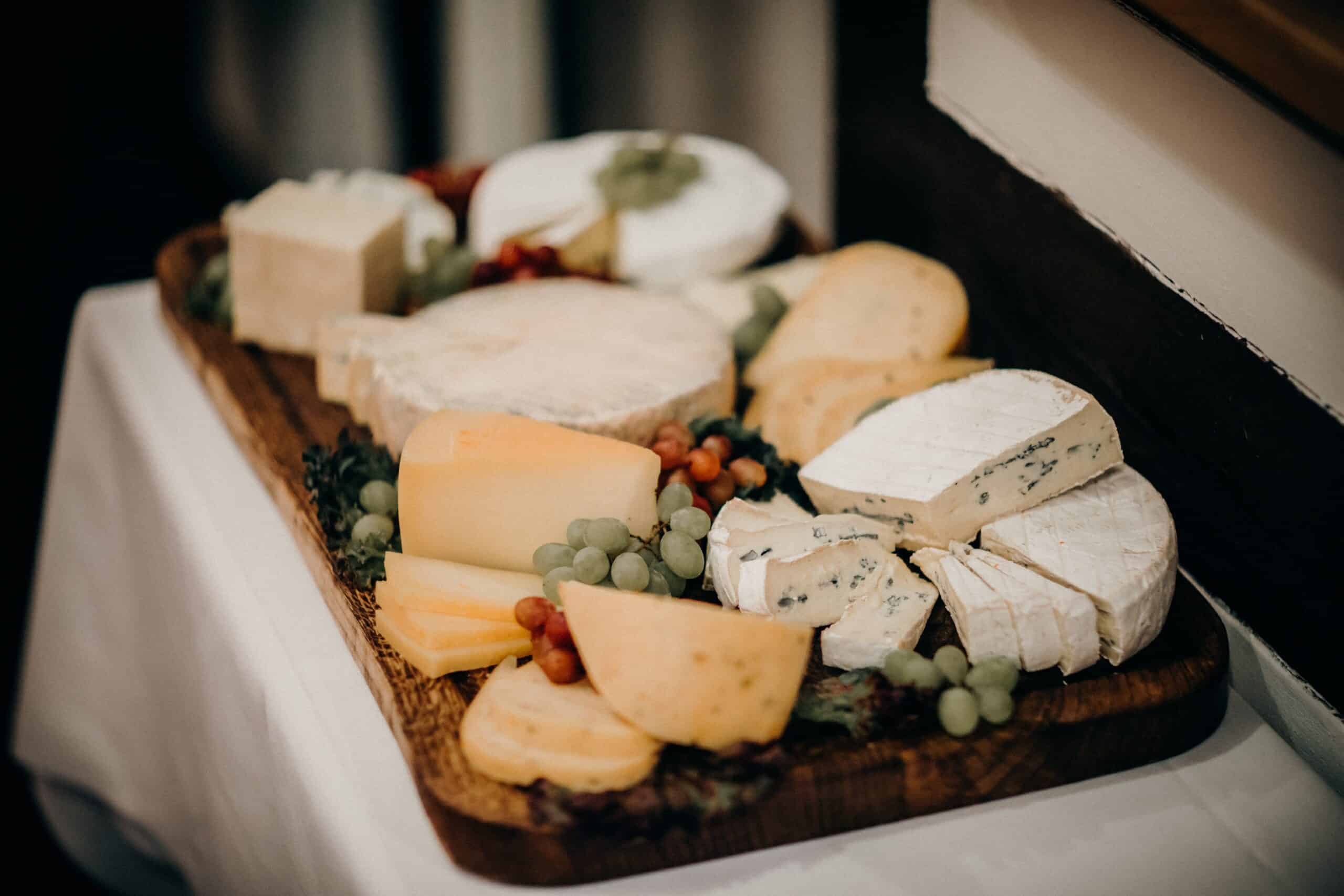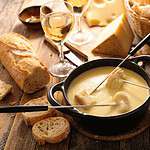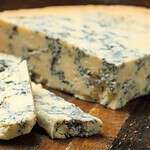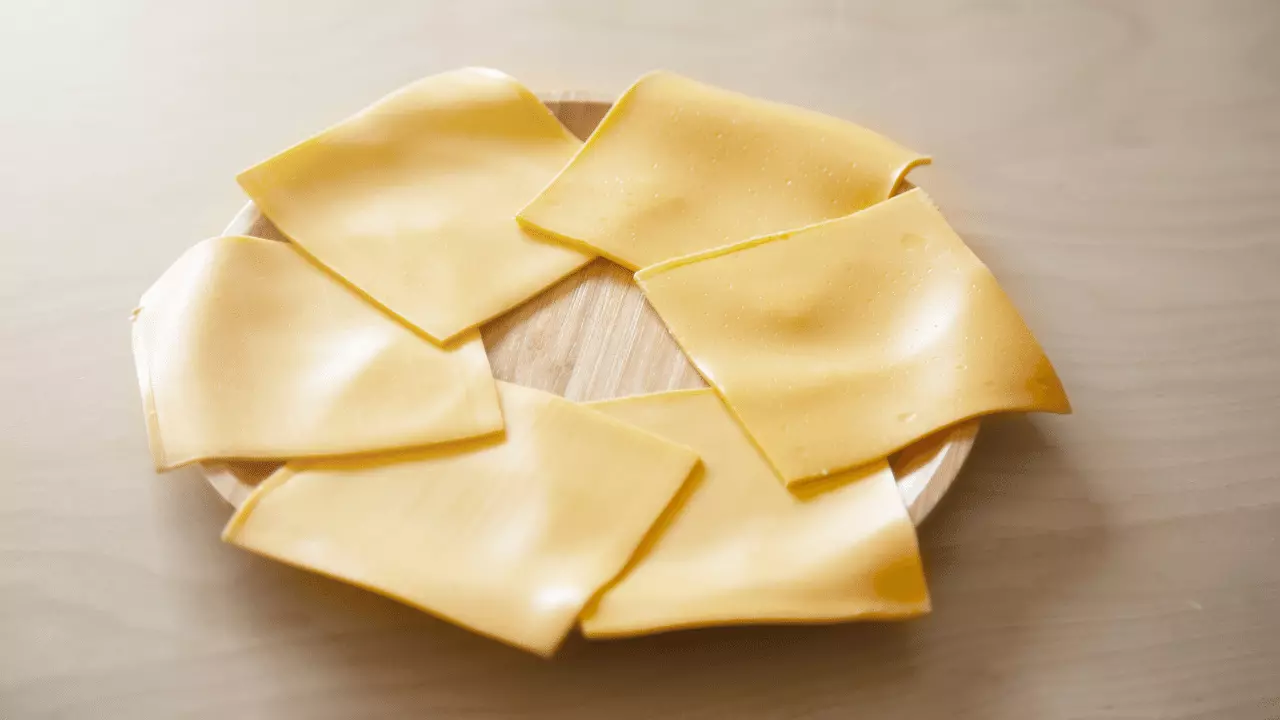In the Middle Ages, the monks of a monastery in Reuil-en-Brie made an accidental discovery that would change the lives of cheese lovers forever: Brie.
Although Brie was discovered entirely by accident, it has remained a well-loved food since the 8th century, with a reputation that follows it the whole world over.
But what exactly is Brie, and how would you describe its taste?
In this article, we’ll walk you through the history, taste, and pairings of Brie cheese, so you can make the most of your cheese experience… keep reading – this is one post you won’t want to miss!
What Is Brie Cheese?
This soft, off-white cheese is made from cow’s milk and named after the French region in which it was discovered.
This pale-yellow cheese is celebrated for its distinctive flavor, edible rind, and versatility – Brie can be paired with many other foods and drinks (some fruity, some savory), making it one of the most popular cheeses in the world.
Brie cheese is made from pure cow’s milk – either whole or semi-skimmed. During the cheese-making process, rennet and enzymes are added to the milk to give it a thicker texture and make it curdle.
When it curdles, the curd is cut and placed into round, brie-shaped molds, and any remaining whey is drained off.
Once complete, the cheese is salted and left for a week – this gives the cheese time to rest, and allows the rind to bloom. From here, the Brie usually takes around four weeks to ripen.
What Does Brie Taste Like?
We’ll take a deep dive into its flavor in a minute, but let us just start off by saying… Brie tastes pretty damn good.
Obviously, food preferences are subjective, and you may not enjoy Brie yourself. However, it’s one of the most popular cheeses in the world for a reason.
If you’re a lover of all things cheese-related, there’s a pretty good chance you’ll enjoy a helping of Brie cheese.
So, how can we sum up the flavor of Brie cheese for you? Well, Brie is somewhat nutty, and even fruity, cheese. However, its overtones dominate its flavor – these are earthy, buttery, and delightfully creamy. Some even say Brie tastes a little salty or mushroom-like!
Although the taste of Brie can vary, it always remains distinctively buttery, creamy, and earthy. So, those hints of nuttiness and fruitiness may not always be there, depending on the manufacturer, and whereabouts in the world you are.
One thing’s for sure – it’s pretty hard to compare Brie to other cheeses. If you’re looking for a cheesy-flavored benchmark to help you imagine the flavor, prepare to be disappointed…
If you only eat the blocks of mild or mature cheddar cheese you find in your grocery store, Brie will be like no cheese you’ve ever eaten before.
If you’re familiar with more ‘exotic’ cheeses, the closest thing Brie compares to is probably Camembert. Brie is often used as a substitute for Camembert, and although they have their similarities, these cheeses are still pretty different.
Camembert is a very strong cheese, with a complex flavor profile that’s distinctively rich and earthy. Brie isn’t as strong as Camembert, but these rich, earthy tones are noticeable in Brie, they’re just muted.
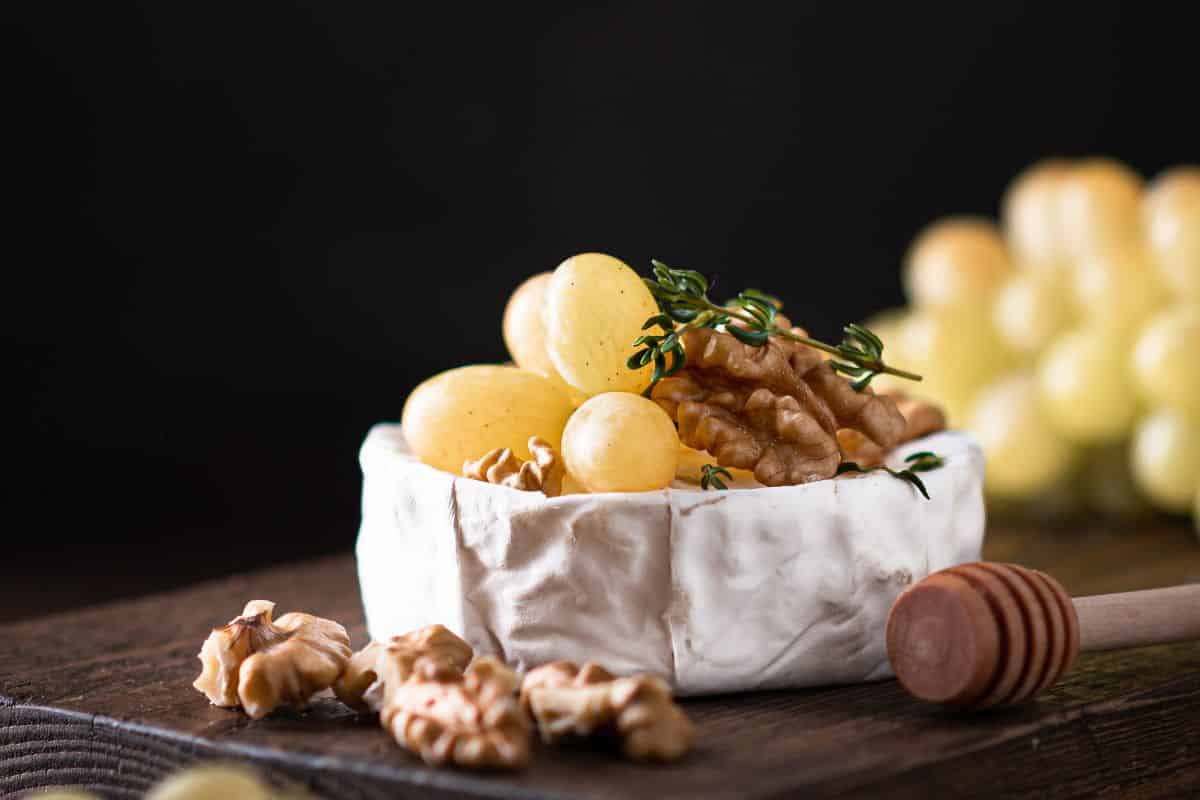
What Can Brie Be Paired With?
Want to make the most of your Brie? As any cheese lover will know, your cheese is best enjoyed alongside other foods and drinks that complement its flavors.
Like most other cheeses, Brie has its own unique pairings that can really enhance its flavors and textures, and leave you hungry for more. Here are a few of the most common foods you can pair with Brie.
Fruit
Yes, you read that right. The flavor of Brie is taken to a whole new level when paired with fruits like apricots, plums, and even peaches.
Brie is creamy and indulgent, and when paired with the sweetness of stone fruit, it becomes even more complex and rich. As with most cheeses, grapes are another excellent fruit pairing that you can’t go wrong with.
If we had to recommend one fruit, though, it’d be cranberry. Most recipes that blend Brie and fruit together often opt for cranberry. Cranberries are tart and invigorating, and this tartness is what makes them such a fantastic pairing with Brie.
Plain Crackers
If you want to keep things simple, pair your Brie with some plain crackers for a timeless snack. When served with plain crackers, your Brie is the main event, and none of its taste or texture will be lost to other dominant flavors.
If you want a little extra flavor, sprinkle on a little rosemary or a dash of garlic butter on the base. (You could even drizzle a little honey on top if you’re feeling brave!).
Salmon
Another popular (and healthy) pairing is Salmon. Brie and smoked Salmon are a match made in heaven.
Although Brie is rich and indulgent, it has a mildness about it that pairs wonderfully with smoked fish.
Its creamy texture will also complement the texture of your fish, to create a melt-in-the-mouth starter or main event that will leave you feeling satisfied, but not too full.
Although salmon is one of the most popular meat pairings, you could even opt for something a little naughtier, like bacon.
Smoked bacon in particular is rich and smoky, and when wrapped in a small helping of Brie, you’ll find its flavor is taken to new heights. Brie really balances out the dominant flavors in your bacon, and it’ll make you see this meat in a whole new light.
Final Thoughts
There’s so much to love about Brie, and this article is just scratching the surface of its potential.
However, its creamy, indulgent, buttery, and slightly earthy flavor is in a league of its own. Although other cheeses like camembert taste pretty similar, there’s no other cheese in existence that does it like Brie!

